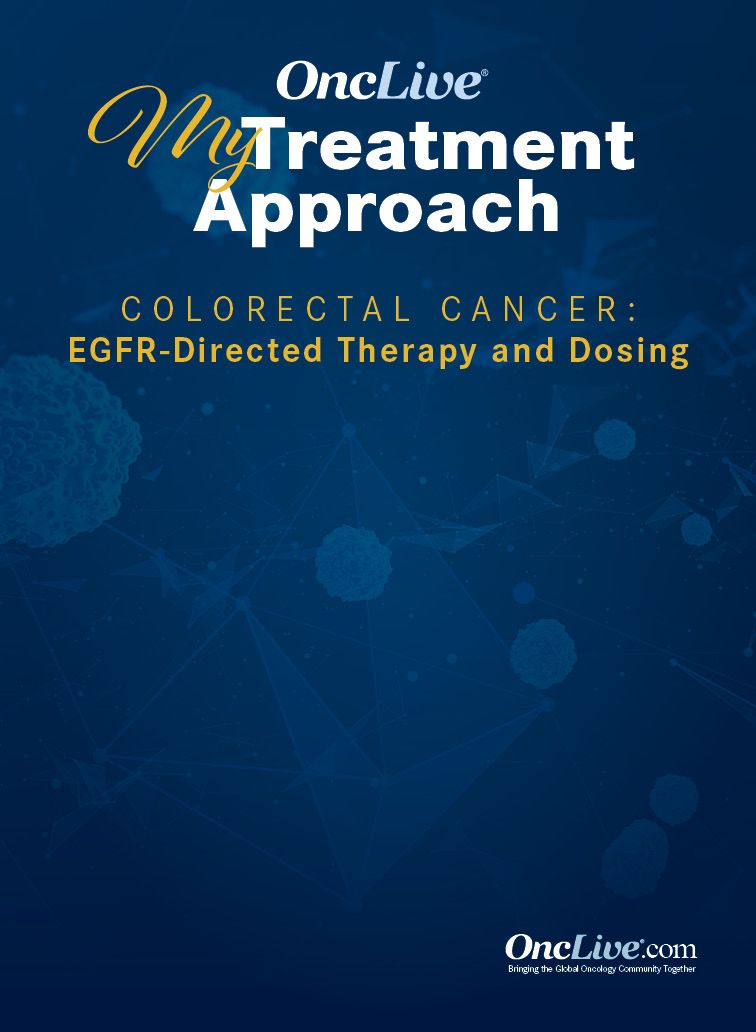Publication
Video
Supplements and Featured Publications
Later-Line Treatment Options for mCRC
Recommendations for treating patients with relapsed/refractory metastatic colorectal cancer in the third-line or later settings with regorafenib or TAS-102 therapy.
Zev A. Wainberg, MD: Colon cancer struggled once we get past 2 lines of therapy. We have FDA-approved agents such as regorafenib and TAS-102 [tipiracil hydrochloride], but we’re still struggling with the optimal combinations. You might have seen recently a TAS-102 [tipiracil hydrochloride]–bevacizumab combination that improved PFS [progression-free survival]. Do you think there’s value in that? How do we compare that with regorafenib in third-line patients?
Jaffer Ajani, MD: Both molecules, regorafenib and TAS-102 [tipiracil hydrochloride], can produce considerable adverse effects and provide some advantage. But I’m intrigued by the little value that antiangiogenic agents provide even with repeated use. Regorafenib is nothing but another antiangiogenic agent, yet patients would receive bevacizumab for a long time and then use regorafenib. I’m not totally surprised that bevacizumab provided some benefit added to TAS-102 [tipiracil hydrochloride] based on that, but the degree of benefit is always fairly limited. There’s minimal improvement.
Zev A. Wainberg, MD: We struggle with it. It’s hard to develop drugs in this space that we know that response rate for. Traditionally, a quick readout in colon cancer almost never happens in third-line colon cancer. We struggle with developing drugs in this space, and we’re forced to do these combinations sometimes, even though we’re not as enthusiastic as we’d like to be. Outside BRAF—we’ve talked about the importance of BRAF testing and starting patients if they’re eligible for encorafenib-cetuximab, which is now approved in the second line; there’s a big trial in the front line looking at that—in comparison with chemotherapy, we are still struggling in the third line.
Transcript Edited for Clarity










